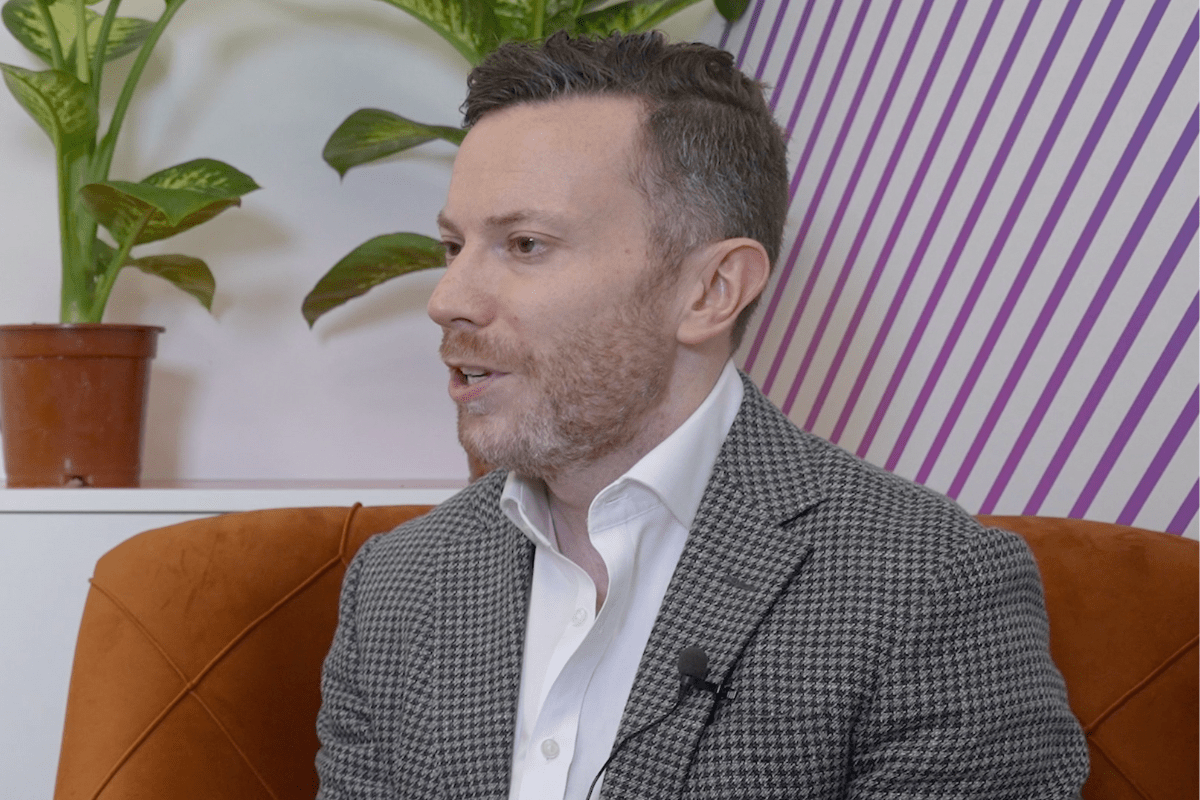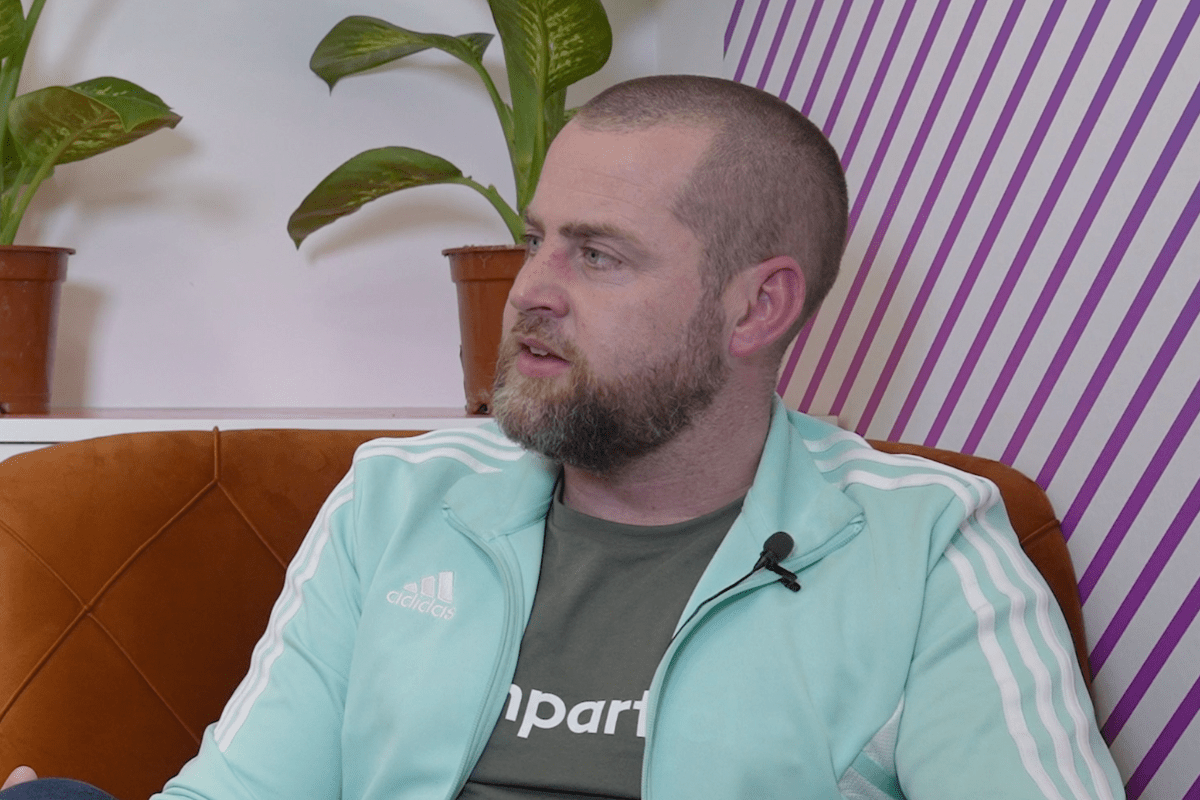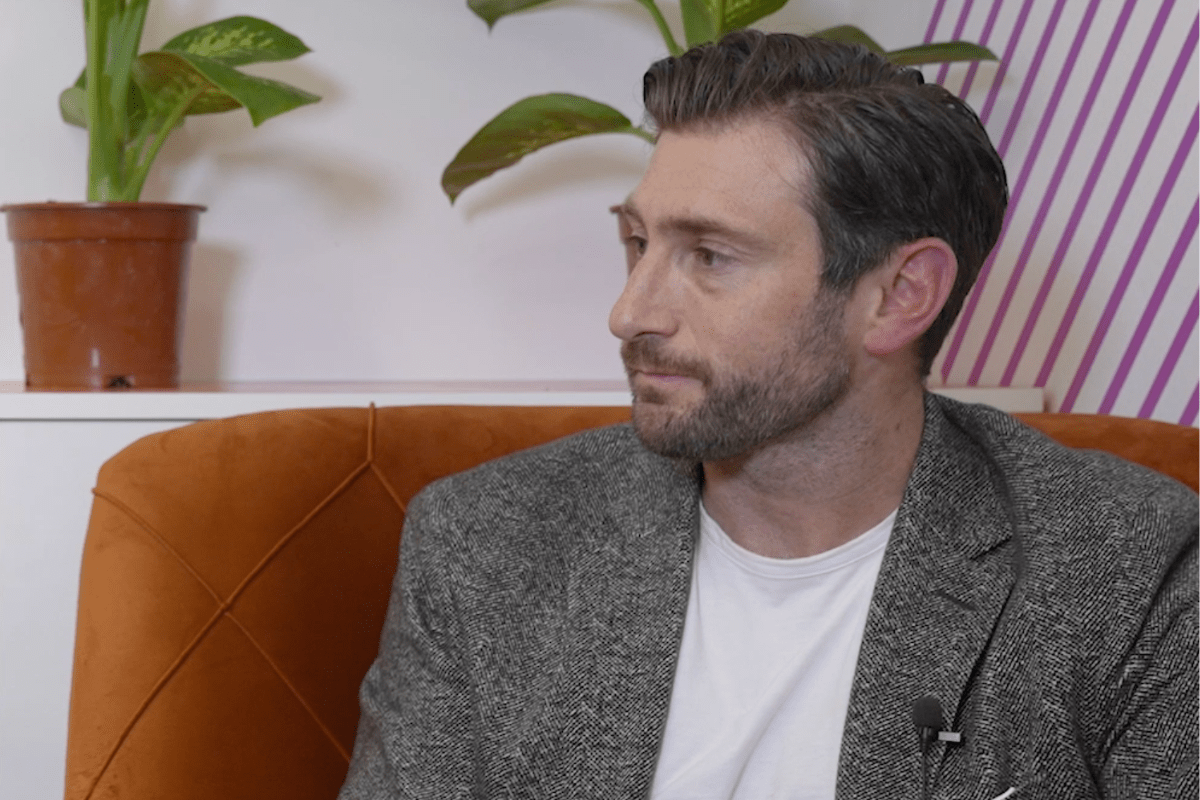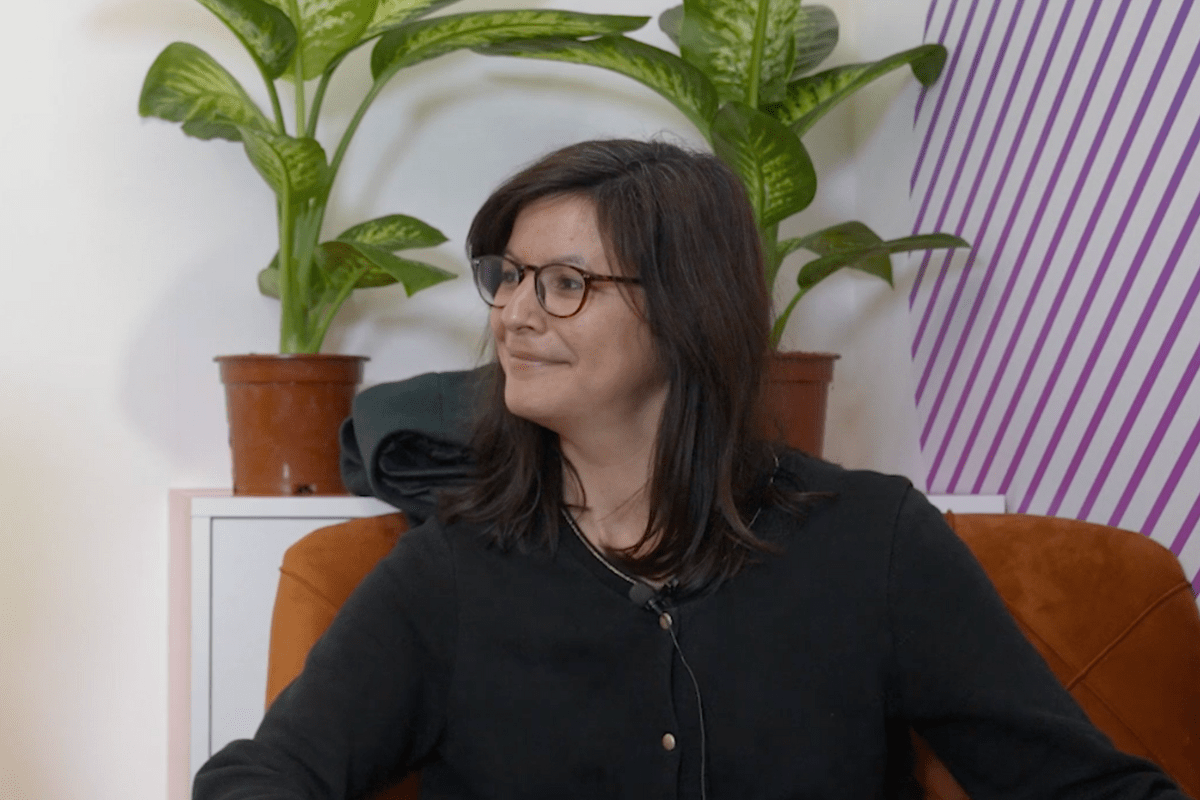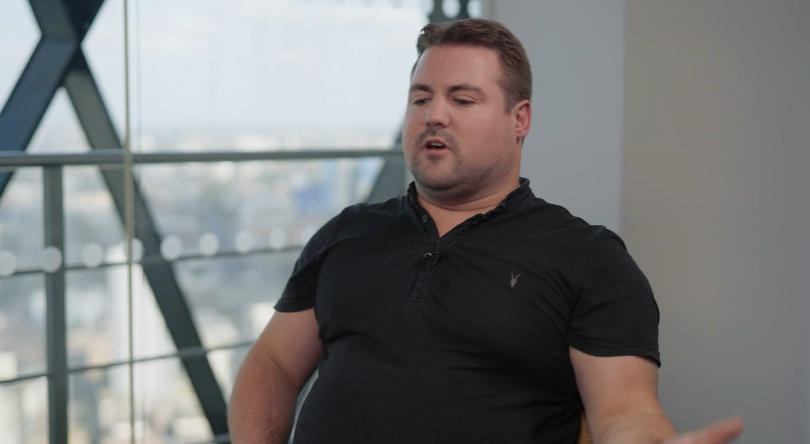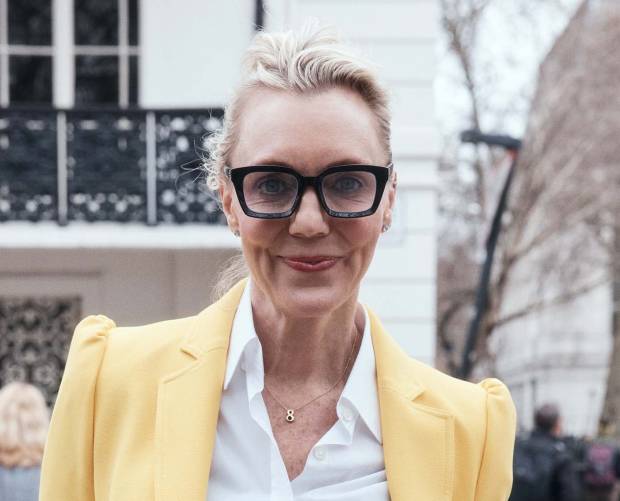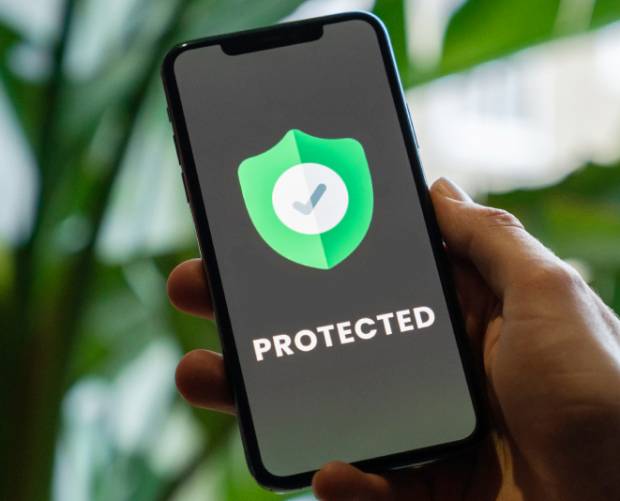Bringing 5G to life: Three on its Call of Duty 5G gaming experience
- Thursday, November 28th, 2019
- Share this article:
Tyrone Stewart had the chance to sit down with Haran Ramachandran, head of creative at Three, to discuss the company’s recent tie-up with Activision to create an immersive Call of Duty 5G gaming experience and what it could mean for the future of home entertainment.
The activation was powered by a combination of lighting effects, image projection, spatial audio, haptics, and artificial intelligence to reflect the in-game situation in real-time in the room around the player, transporting players into the fantasy without having to pop on a headset.
The first person to try the experience was Liverpool and England footballer Alex Oxlade-Chamberlain. It was also visited by British hip-hop duo Krept & Konan during its run at Three’s flagship Oxford Street store in London.
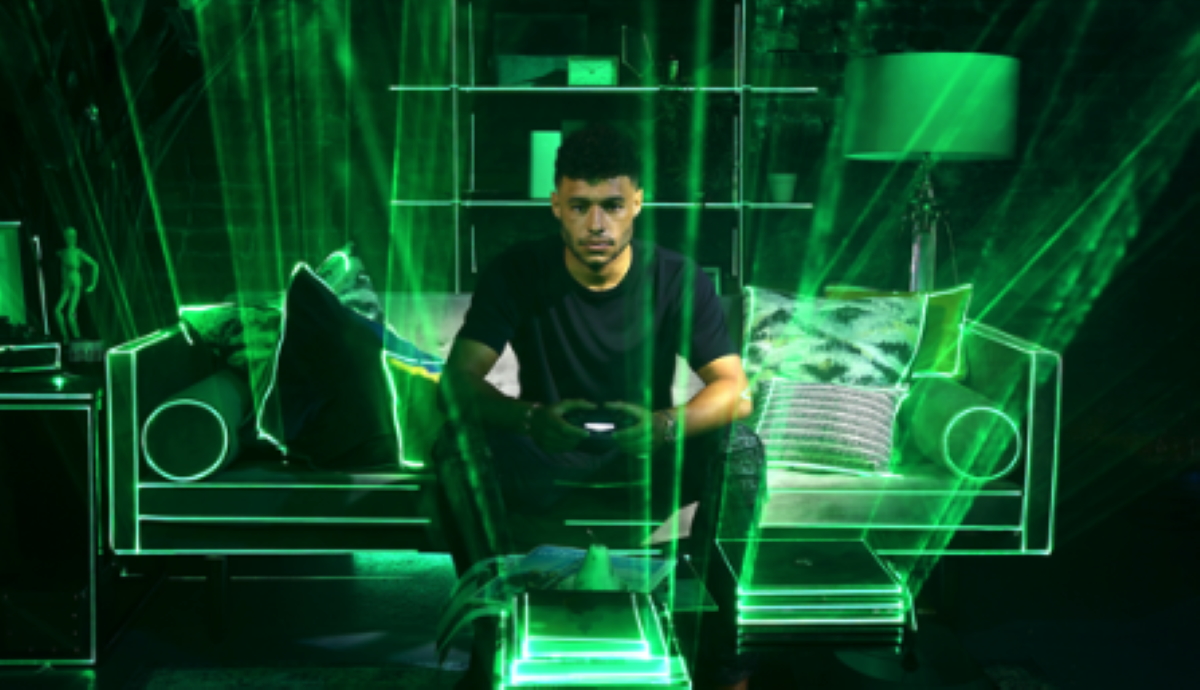
Tyrone Stewart: How did this activation come about?
Haran Ramachandran: The activation is all based around 5G, so the makers, Activision, came to us because we have the best 5G in terms of spectrum holdings. We’ve got the most 5G juice for that sort of activity and we wanted to talk about how we could showcase their game through 5G in the best possible way.
We talked about just doing livestreams and that sort of thing to showcase the muscularity of 5G but that felt a bit basic. We agreed that we’d much rather focus on the home entertainment angle and how 5G might revolutionise home entertainment, regardless of what content is on the screen. Gaming is the perfect use case for it, because gamers get it, but it could’ve easily have been Stranger Things or a Premier League match. The technology stays the same, it’s all driven through 5G and the room reacts to what you’re seeing.
The premise of it with Activision started as, when you’re playing the game at home, the game communicates with your controller. It rumbles every now and then. What if the game communicates with the whole room? The whole room is a rumble pack basically. And that’s where we started.
The spatial audio and the haptics and the lights are all being triggered off of the one 5G hub that’s in the corner of the room pulling it all together.
Where it goes from here, we’d like to sell this next year and actually say ‘this is a package you can buy from Three, along with the 5G home products, and you can actually put this in your house’ – that’s what most people who tried the experience said they wanted. We had Krept & Konan come in and they were both like ‘I need this in my house’. That’s the reaction that we want to create because we think this is a great way to bring to life what 5G can do for you. Human beings are quite tactile – this thing has come along that most people are talking about and it costs more money, why should you buy it? Why is it interesting? This is the way that we’re trying to show it, it’s to land it in things that people understand and care about like gaming.
TS: If you were to market this to the consumer, would I need a bank loan to afford it?
HR: The stuff we have in the prototype experience is all industrial grade hardware and lighting. It wouldn’t be a case of having to remortgage your house to have it. What we need to do for the next phase is to move from the prototype to thinking ‘what’s the off the shelf version of this’ and talking to suppliers. We’ve got people from Philips, Samsung, Google coming through to try it, then the next phase is getting into conversations and think about how we actually build this, then talk to Activision about getting the metadata from the game to actually trigger this – because we had to write the software ourselves for that with audio triggers and visual triggers. I’d love to have it to work the same as a rumble pack works, so that it’s programmed to work in sync with the game, but that would be the next phase.
TS: Would this have been even a slight possibility with 4G?
HR: Understandably, a lot of people have asked that. It’s just not chunky enough. It’s the latency thing. Speed is table stakes when it comes to something like this, everybody already has fast broadband, so speed is only one part of it. It’s the latency and the speed to be able to know where all the hardware is in that one experience. The audio communicating with the lighting and communicating with the haptics in sync, in a millisecond, is not possible without 5G.
TS: You mentioned you could’ve done this with Stranger Things or pretty much anything else, is there a chance we’re going to see those things eventually?
HR: The likes of Netflix and Amazon are already partners of ours and we’re talking to those guys, so the next phase is to get all of those people through this and say ‘we feel this is the potential for 5G and home entertainment, what do you say? Can we think about getting into bed together next year?’. We could work on a Premier League game with Amazon or Stranger Things with Netflix and actually push it a bit further.
The content is almost by-the-by. The experience will change no matter what – you could be in the centre of your favourite action movie or there’s the eSports example. FIFA have a world championship every year, so do you then put this into one room at those championships – a reactive room where players are feeling it? Or do you go to Red Bull and say, ‘we’ll go into your Gaming Sphere, we’ll deck out a room in there and turn it into a hyperreactive, hyperresponsive eSports environment’?
A lot of it would come down to the publishers and the distributors. A game like League of Legends, made by Riot Games, we’d have to speak to them about if they’d be willing to do this. It would be tough for something like League in terms of the speed of things happening, it might be a bit much. But there are certain titles where it would work. FIFA it would easily work. FPS games, as you’ve seen, it can work. I don’t think it’ll be something for every title. In eSports, some of the games have a lot of things going on all the time. Single player experiences or one vs. one it would be perfect for something like that.
TS: What would be the next step after the launch of a consumer version?
HR: After a consumer version, do you then start to work with venues and think even bigger than room scale? There are already eSports venues that exist – Red Bull is another brand we’re talking. So, we’re thinking about kitting out venues with this kind of technology, that would be the next iteration of it. We’re a bit off that yet, it’s just a question of building out the prototype and trying to get it out into the hands of consumers at this stage. Just making it real for people, making it real what 5G can do for you.
TS: In 12 months’ time, where would you want this experience to be?
HR: I’d want it to be in your house with a 5G hub at the centre of it all, with partners you recognise that have wholly bought into it, and it won’t have, hopefully, costed a remortgage on your property. This would be something that people now associated with home entertainment and 5G as being the driving force behind that change.
Three collaborated on the experience with Connie Harrison who specialises in creating and directing multi-sensory immersive experiences using tech. Her team of experts included Magic Beans on spatial audio, Mike Ross on technical design, Immersive Me on lighting design, Alice Helps on set design and Perfect Cartel on set build.






